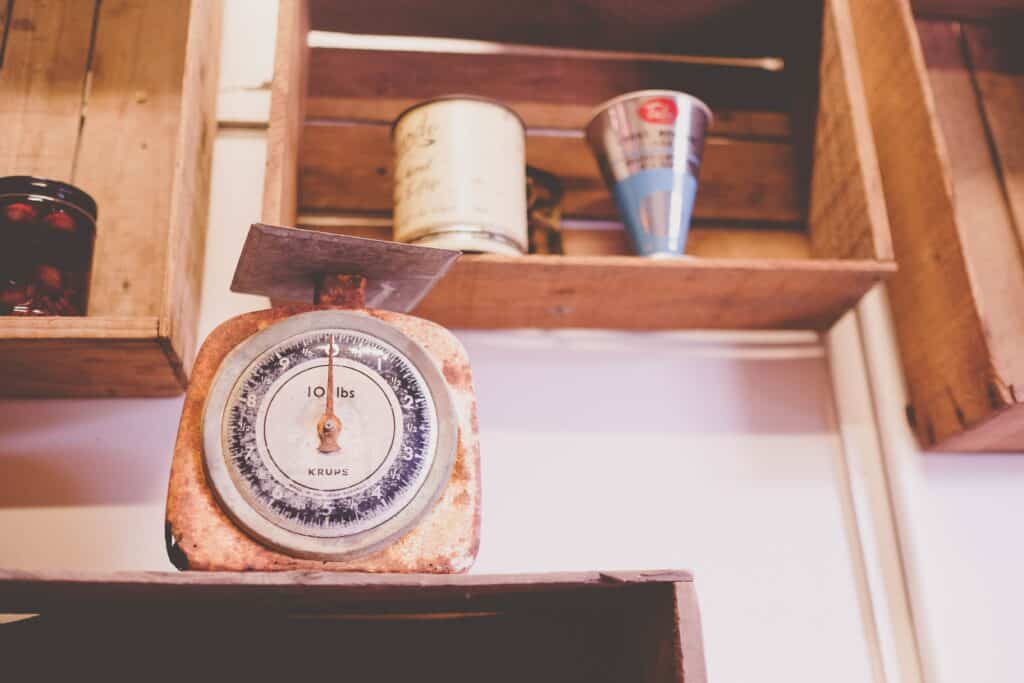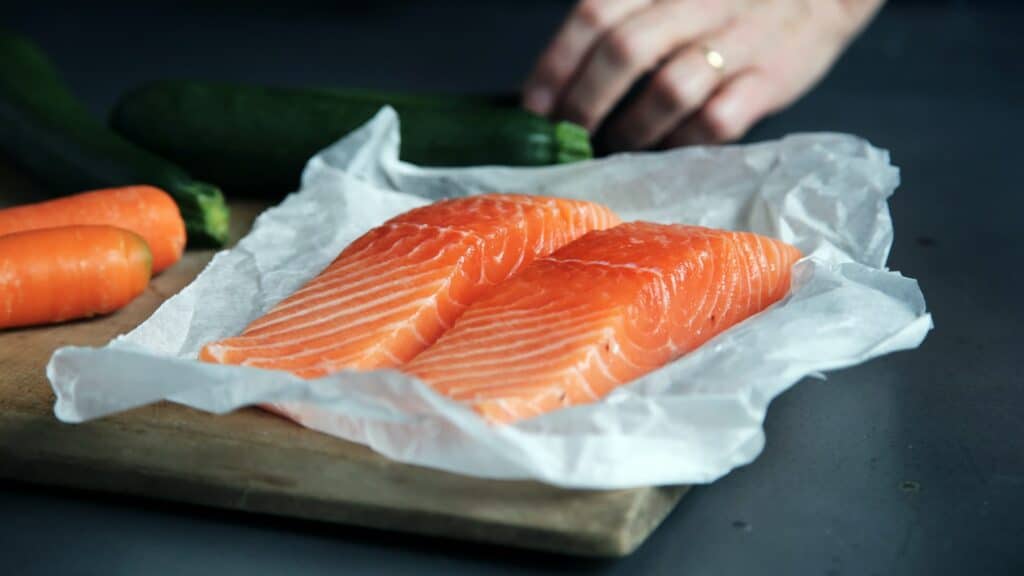Waste is a major contributor to carbon emissions
For all the talk about new technology and new energy sources, waste is a massive contributor to carbon footprints. About 40% of food waste results from preparing food that isn’t eaten. Although this solution is incredibly simple, you may be surprised by how effective it is. We were certainly skeptical of its benefits until we started using it.

Food waste is a personally controllable choice
One of the biggest sources of food waste is preparing too much food. But it’s easy to fix. The third habit that can help reduce your food bill is to perfect your portion size. We’ve seen already that fifty-five percent of food waste results from food not being used in time. Now, almost all the rest of the food waste – the other forty five percent – occurs because we cook too much food. And that is particularly true for a few types of food. The food that we throw away because we’ve prepared too much is dominated by a few types of food.
Forecast portions correctly
The way to tackle the problem of food waste is mind-numbingly simple: get your portions right. There are two obvious ways to start tackling this problem: you can cook smaller portions or prepare smaller portions, and see how you go. Or, you can make an effort to measure your portions. We started measuring our portions about six months ago, and since then our plate waste has dropped to nothing. One thing that’s really important is to have your measuring device (in our case, a simple scale) really close to where you’re cooking. This way, you can grab the food, weigh it, and put it in the bowl without wasting any time or food.
Measure when cooking to reduce waste

If it’s just so fast and easy to make smaller portions or to measure your food before you cook it, that’s really important because people can just get used to the portions they need as a family. We know that we want tuna, grams of pasta, or 150 grams of rice when we cook, so when you start weighing your food, you’ll realize very quickly if you’re preparing too much and generating a lot of plate waste.
Buy meals of the right size
Getting better control of portion sizes also extends to buying pre-prepared meals. Buying overly large portions that you fail to finish can be a big source of unnecessary cost in the weekly food bill.
Lindsay Wilson
I founded Shrink That Footprint in November 2012, after a long period of research. For many years I have calculated, studied and worked with carbon footprints, and Shrink That Footprint is that interest come to life.
I have an Economics degree from UCL, have previously worked as an energy efficiency analyst at BNEF and continue to work as a strategy consultant at Maneas. I have consulted to numerous clients in energy and finance, as well as the World Economic Forum.
When I’m not crunching carbon footprints you’ll often find me helping my two year old son tend to the tomatoes, salad and peppers growing in our upcycled greenhouse.
